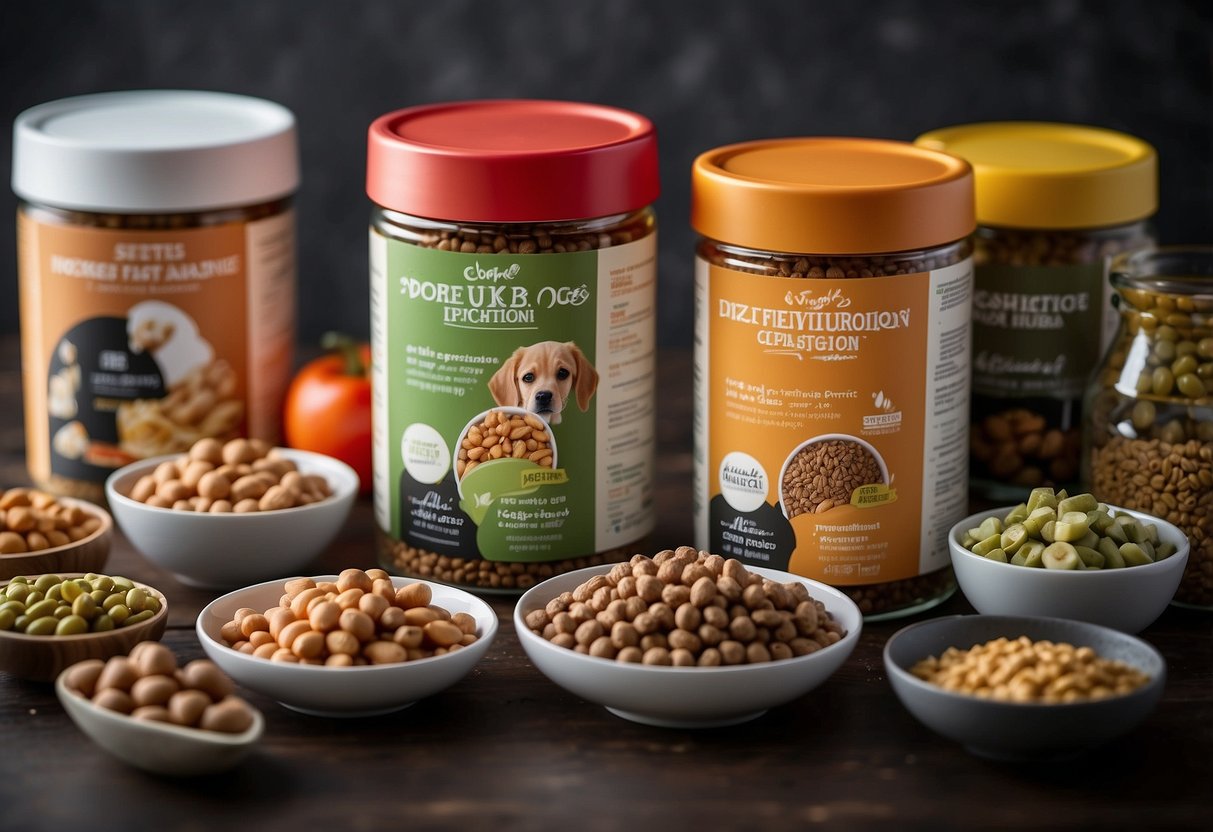
Weight Management and Controlled Diets
Controlling a dog’s weight is essential for its health. Reduced food portions can help. Choosing foods low in calories but rich in nutrients is important. Focus on lean proteins, vegetables, and limited carbs.
Controlled diets are particularly useful for dogs prone to obesity. Carefully selected ingredients support weight loss while providing balanced nutrition. Monitor portion sizes and feed your dog according to veterinary recommendations. Restricting treats and snacks is crucial.
Regular exercise complements a controlled diet. Managed walk durations and playtimes boost metabolism. Combining diet with physical activity ensures effective weight management.
Specific dog food brands offer weight loss formulas. These blends often contain special fiber to make dogs feel fuller. Look for labels indicating “weight management” or “low calorie.” Check the ingredient list for unnecessary fillers. Always consult with a vet before switching to a specialized diet.
Feeding Schedules and Portion Sizes
Feeding your dog the correct portion sizes and maintaining consistent feeding schedules are crucial for their health. Dogs benefit from a routine, which helps regulate their metabolism and digestion. Establishing regular feeding times can prevent overeating and help manage weight.
Puppies typically need more frequent meals than adult dogs. It is recommended to feed puppies three to four times a day. As they grow, the frequency can decrease to twice daily. Adult dogs usually thrive on two meals a day.
Portion sizes depend on the dog’s age, size, activity level, and individual metabolism. Small breeds and puppies require smaller, more frequent meals, while large breeds can handle larger portions less often. It is essential to read the feeding guidelines on dog food packaging, adjusting portions based on your dog’s weight and activity.
Consulting with a veterinarian can provide tailored advice for your dog’s specific needs. They can help determine the exact portion sizes and ideal feeding schedules to ensure your dog remains healthy and happy.
A regular feeding schedule makes it easier to monitor how much your dog eats. This can help identify any changes in their appetite or health. Always provide fresh water alongside their meals to keep them hydrated. Feeding schedules and portion sizes play a pivotal role in your dog’s overall well-being.
Transitioning to New Diets Safely
Switching your dog’s diet should be done gradually.
Sudden changes can upset their stomach. Mixing a small amount of the new food with their current diet can help ease the transition.
Over the course of a week, slowly increase the proportion of the new food. Decrease the amount of the old food until the transition is complete.
Monitor your dog for signs of digestive distress. Symptoms like diarrhea, vomiting, or loss of appetite can indicate issues with the new diet.
If any problems arise, it’s best to consult a veterinarian.
Hydration is important during this time. Ensure your dog always has access to fresh water.
Transitioning diets can also affect your dog’s energy levels and behavior. Keep an eye on any significant changes and take action if necessary.
It’s crucial to maintain consistency in feeding times. This helps your dog adjust more easily.
Feeding smaller, more frequent meals can be beneficial. It can reduce the stress on their digestive system during the transition.
Certain dogs may be more sensitive to diet changes. Older dogs and those with pre-existing conditions need closer supervision.
Transitioning to a new diet is a delicate process, but with patience and careful observation, it can be done successfully. Always prioritize your dog’s well-being during this time.



